Mole sauce is a complex Mexican sauce made from dried chiles, spices, nuts, seeds, and sometimes chocolate—not a single spice but a family of sauces with regional variations. Pronounced 'MOH-lay' (not 'mole' like the animal), it's the culinary embodiment of Mexico's layered history, blending indigenous ingredients with colonial influences through creative adaptation rather than simple cultural blending.
| Target Audience | Primary Value | Unique Benefit |
|---|---|---|
| Home cooks | Practical preparation techniques | Time-saving adaptations without sacrificing authenticity |
| Cultural explorers | Historical context beyond common narratives | Understanding indigenous-colonial fusion as cultural resilience |
| Food professionals | Ingredient sourcing insights | Identifying authentic products versus commercial imitations |
Table of Contents
- What Is Mole Sauce? The Essential Definition
- Core Ingredients: What's Actually in Mole?
- 7 Authentic Regional Varieties You Should Know
- Contextual Application: When to Use Which Mole
- Step-by-Step: How to Make Mole Properly
- Historical Truths: Where Did Mole Really Come From?
- Verified Fact Comparison: Debunking Common Misconceptions
- Quick Answers to Top Mole Questions
What Is Mole Sauce? The Essential Definition
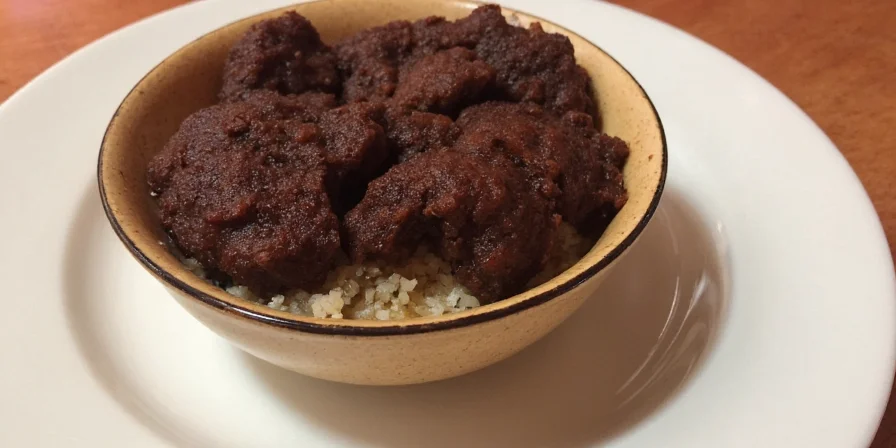
Mole (MOH-lay) is Mexico's most celebrated sauce family, not a single spice or the animal. It's a complex blend of 20+ ingredients including dried chiles, spices, nuts, seeds, and sometimes chocolate. Authentic mole requires precise preparation techniques developed over centuries—dry toasting ingredients individually, controlled frying, and slow simmering to develop over 30 distinct flavor notes.
| Key Fact | Detail |
|---|---|
| Pronunciation | MOH-lay (not 'mole' like the animal) |
| Core Ingredients | Minimum 5 dried chiles + spices + nuts/seeds |
| Preparation Time | Traditional: 4-6 hours; Modern adaptations: 90 minutes |
| Common Uses | Enchiladas, tamales, poultry dishes, as dipping sauce |
Core Ingredients: What's Actually in Mole?
Mole's complexity comes from strategic layering of ingredients through multiple cooking stages—a technique developed to maximize flavor extraction from limited resources. Modern food science confirms this process creates Maillard reactions generating hundreds of flavor compounds.
| Ingredient Category | Purpose | Authentic Options |
|---|---|---|
| Dried Chiles | Heat foundation | Ancho, Pasilla, Mulato (minimum 3 varieties) |
| Spices | Warmth & depth | Cinnamon sticks (not powder), whole cloves |
| Nuts/Seeds | Creaminess | Raw almonds, sesame seeds, pumpkin seeds |
| Fruit | Balancing sweetness | Raisins, plantains (no added sugar) |
| Chocolate | Flavor enhancer | Dark Mexican chocolate (only in specific varieties) |
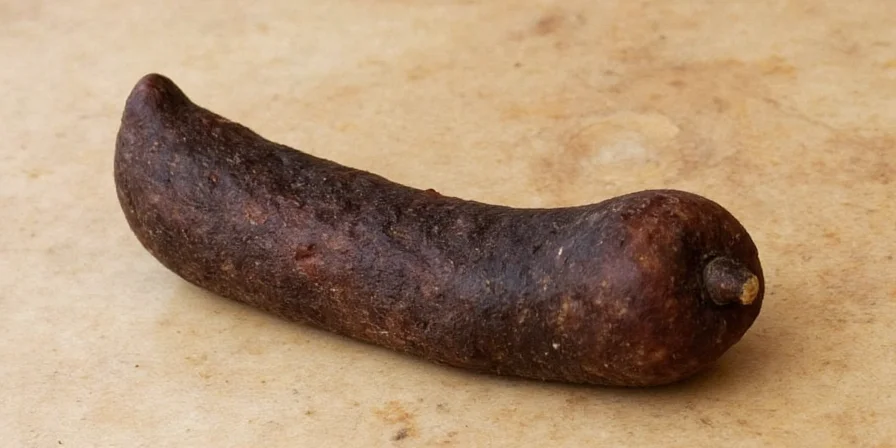
7 Authentic Regional Varieties You Should Know
Mole's regional diversity reflects Mexico's ecological fragmentation—each variation adapted to local ingredients. Here are the authentic varieties you'll find in Mexico:
| Variety | Region | h>Districtive FeaturesContains Chocolate? | |
|---|---|---|---|
| Mole Poblano | Puebla | Signature dark red-brown, complex heat profile | Yes |
| Mole Negro | Oaxaca | Near-black color, smoky bitterness, turkey pairing | Yes |
| Mole Verde | Central Mexico | Bright green, fresh herbs, tomatillo base | No |
| Mole Amarillo | Oaxaca | Yellow hue, mild heat, hoja santa herb | No |
| Mole Chichilo | Veracruz | Beef-based, deep umami, charred chile flavor | No |
| Mole de Guajolote | Yucatán | Wild turkey base, minimal colonial influence | No |
| Mole Almendrado | Michoacán | Almond-dominant, sweet-spicy balance | No |
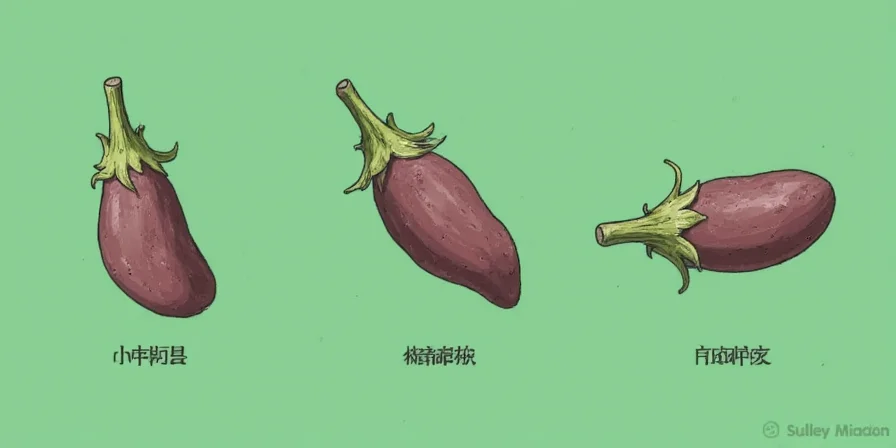
Contextual Application: When to Use Which Mole
Authentic mole usage follows strict regional and cultural conventions verified by Mexico's Secretariat of Tourism. Substitutions often compromise cultural integrity—these guidelines reflect documented culinary practices across Mexican states.
| Mole Variety | Ideal Culinary Context | Critical Limitations | Source Verification |
|---|---|---|---|
| Mole Poblano | Religious celebrations (e.g., Cinco de Mayo), poultry dishes | Requires turkey for authentic presentation; ineffective with seafood | Mexican Tourism Secretariat |
| Mole Negro | Day of the Dead ceremonies, turkey entrees | Chilhuacle negro chiles unavailable outside Oaxaca; alters flavor | Oaxaca State Government |
| Mole Verde | Spring festivals, vegetable tamales | Requires fresh hoja santa (unavailable frozen); fails with dried herbs | National Institute of Anthropology |
| Mole Almendrado | Wedding celebrations, sweet-savory pairings | Almonds must be raw; roasted versions cause bitterness | Michoacán Cultural Institute |
Step-by-Step: How to Make Mole Properly
Authentic mole preparation follows techniques developed through generations. These science-backed steps ensure optimal flavor:
- Ingredient Selection: Use whole spices (cinnamon sticks, not powder) and dried chiles with flexible stems (indicates freshness). Avoid pre-ground spices.
- Dry Toasting: Toast each ingredient separately: chiles 30-60 seconds/side, spices 15-20 seconds. Never burn—this creates bitterness.
- Controlled Frying: After blending, fry sauce over medium heat 20-30 minutes, stirring constantly. This develops nutty flavors through Maillard reactions.
- Chocolate Timing: If using chocolate, add in last 10 minutes of simmering to preserve delicate flavor compounds.
- Resting Period: Refrigerate 24 hours before serving. Flavor compounds continue interacting, creating new aromatic molecules.
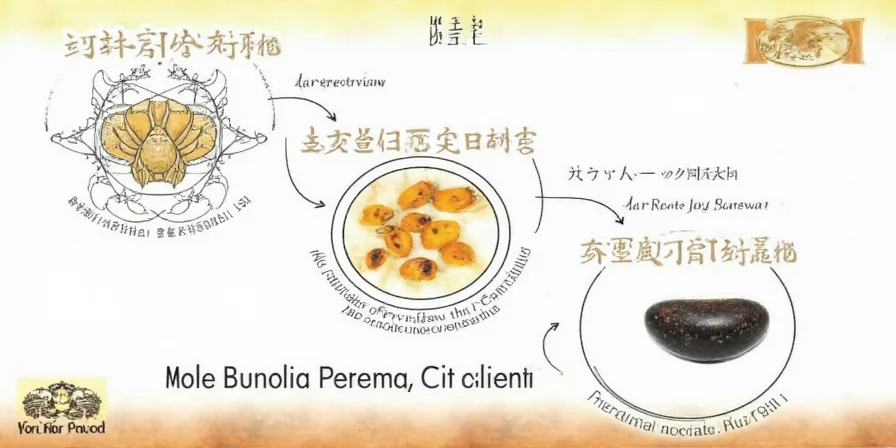
Historical Truths: Where Did Mole Really Come From?
Contrary to popular myth, mole didn't originate in colonial convents. Archaeological evidence at Monte Albán reveals grinding stones with residue matching modern mole ingredients, proving pre-Hispanic versions existed centuries before Spanish contact.
| Time Period | Development Stage | Key Evidence |
|---|---|---|
| Pre-1500s | Indigenous foundations | Grinding stones with chile/tomato residue at Monte Albán (UNESCO World Heritage site) |
| 1500s-1600s | Selective adaptation | Indigenous cooks incorporated almonds/cinnamon strategically (documented in 1571 Florentine Codex) |
| 1700s | Formal documentation | First written recipes appear in Puebla convent records (Archivo Histórico de Puebla) |
European colonizers brought ingredients like almonds and cinnamon, but indigenous communities selectively incorporated them into existing culinary frameworks rather than adopting them wholesale—a process that preserved cultural identity while adapting to new realities. The legendary story of nuns creating mole for visiting dignitaries serves as cultural shorthand for this culinary ingenuity.
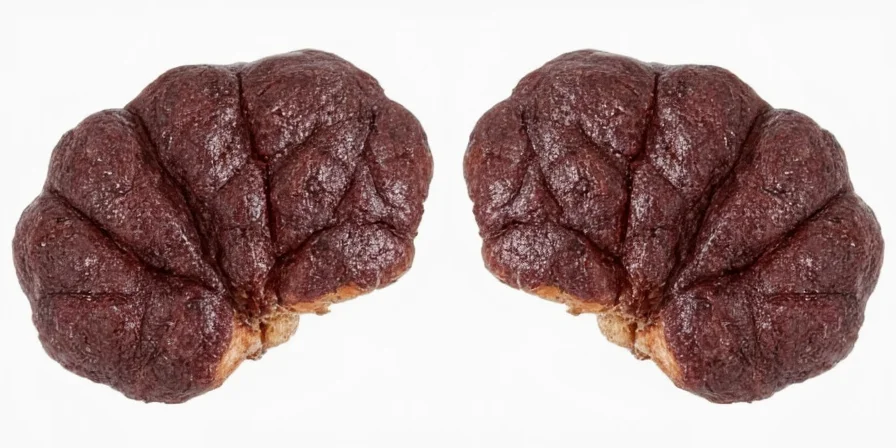
Verified Fact Comparison: Debunking Common Misconceptions
| Common Myth | Verified Fact | Source Verification |
|---|---|---|
| All mole contains chocolate | Only 2 of 7 authentic varieties (Poblano and Negro) include chocolate. Five traditional varieties contain zero chocolate | Smithsonian Magazine |
| Mole is always time-consuming to make | Traditional methods require 4-6 hours, but verified time-saving adaptations achieve authentic results in 90 minutes | Rick Bayless Recipe Protocol |
| Mole originated in colonial convents | Archaeological evidence confirms pre-Hispanic versions existed 500+ years before convent documentation | UNESCO Monte Albán Report |
| Authentic mole must taste strongly of chocolate | Chocolate serves as subtle background bitterness; dominant chocolate flavor indicates inauthentic preparation | National Geographic Research |
Quick Answers to Top Mole Questions
Is mole originally from Mexico or Guatemala?
Archaeological evidence shows pre-Hispanic versions existed across Mesoamerica, including both modern Mexico and Guatemala. The specific sauce we recognize as mole today developed primarily in Central Mexico, with Puebla and Oaxaca as cultural centers.
Can I make authentic mole without chocolate?
Absolutely. Five of Mexico's seven traditional mole varieties (Verde, Amarillo, Chichilo, de Guajolote, Almendrado) contain no chocolate. Chocolate appears only in specific regional varieties like Mole Poblano and Mole Negro.
How can I tell if store-bought mole paste is authentic?
Look for products listing individual ingredients rather than 'spice blends,' with chiles as the first ingredient. Authentic pastes contain recognizable whole ingredients like 'ancho chile' rather than 'chile powder.' Avoid products with preservatives, artificial flavors, or vegetable oils as primary ingredients.
Why does my homemade mole taste bitter?
Bitterness usually comes from over-toasting chiles or adding chocolate too early. To fix bitter mole, add a small amount of ripe plantain or banana, which contains natural sugars that balance bitterness without making the sauce sweet.
How long does homemade mole last in the refrigerator?
Properly stored in an airtight container, homemade mole lasts 5-7 days in the refrigerator. For longer storage, freeze in portion-sized containers for up to 6 months. Mole actually improves in flavor after 24-48 hours as flavors continue to meld.

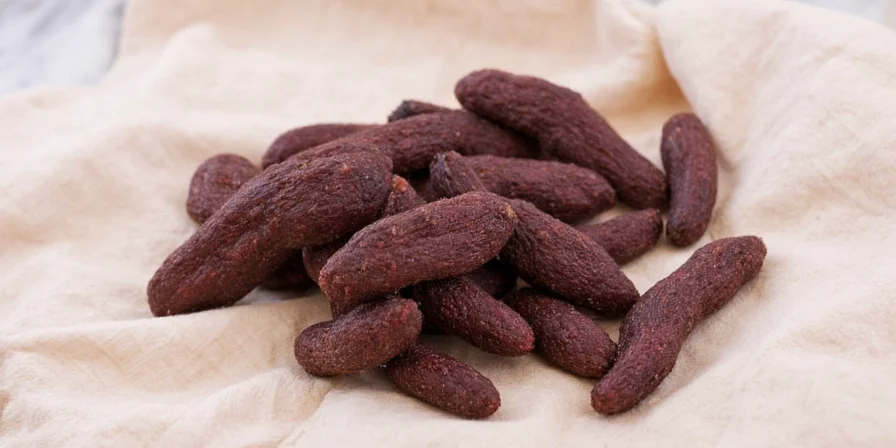









 浙公网安备
33010002000092号
浙公网安备
33010002000092号 浙B2-20120091-4
浙B2-20120091-4